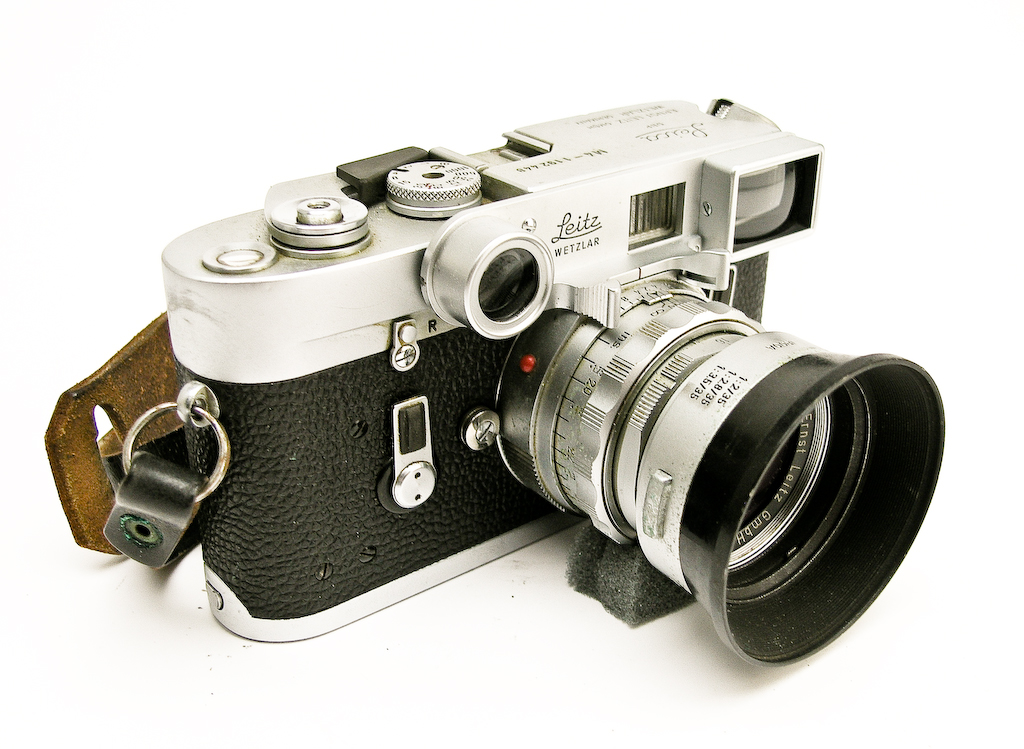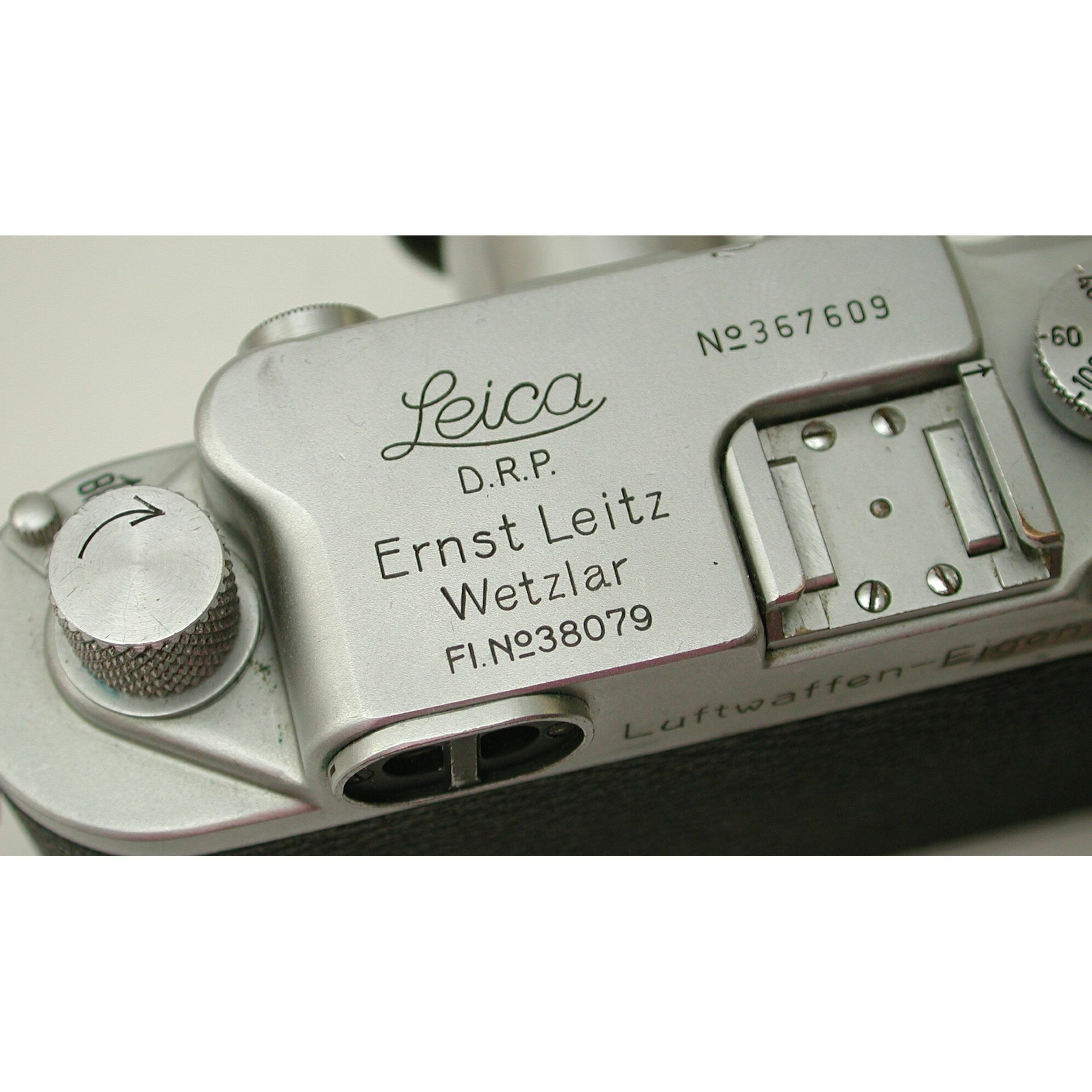I have been finding, using and collecting old cameras for over fifty years, so when my wife and I found ourselves in Australia at quite short notice, to look after our first grandchild, I was keen to see what a big city on the other side of the world might have to offer.


Camera hunting has changed considerably over my lifetime, and the chances of finding high-end vintage kit in the days of the internet are pretty low, though I did see the 'five-dollar Leica' story a while ago.
Nothing is impossible, but cameras with a famous name are likely to be researched, and eBay can usually provide at least a ball-park valuation figure. But this does not mean that camera-hunting is over!
Whilst buying cameras for a song is less common, there is much in using your own expertise to weigh up possible bargains. Flea markets are quite challenging, since appraising a camera that might have spent a lot of time in damp, dusty conditions in limited time is hard, and usually offers have to be low.

- According to the Leica Model Inquiry page, there's a block of 512 serial numbers set aside for the MP2 model, from 935001 - 935512. 935000 is a IIIg, and 935513 is an M2. My button-rewind M2, whose top markings (exc ser# 935087) are identical to Philippe's, would seem to be the 87th body in the MP2 block.
- Jan 24, 2013 Leica serial No. – lens/camera year look-up. Do you have a vintage Leica lens or camera and are interested in finding out its age? This French site allows you to enter the serial number of your item and it will provide you with the date it was manufactured.
Interestingly, the M2- R uses the same baseplate as the M4, so the auf-zu and arrow engraving around the baseplate latch are not there. All of the M2-R cameras have serial numbers after official end of the M2, which overlap with those of the M4: 1249xxx and 1250xxx.
When the camera looks good, the fun for me is balancing what makes it desirable against a sensible degree of caution. Nobody likes to waste money, and it is easy to get carried away with cameras I like!
In the case of this Leica it had with it a very unusual gizmo, a flash synchroniser, not made by Leitz, but high-quality, and made for this camera, so I knew it had some value to collectors, which I could offset against the asking price. But it also had a big demerit- the external serial number had been erased.
For some this would be a deal-breaker, but not so much when one wants to enjoy actually using it. Back to the asking price. It was fairly reasonable, but the seller was unsure about the shutter, so my offer had to reflect this.
The shop was made up of individual display cases rented out to the sellers, so I asked the manager if the seller would take an offer. He replied that no, that never happened with that seller, so there was no point in even asking. I had never heard of this in my decades of buying, so I asked for the seller's email.
That evening we agreed a price, and I picked up the camera the next day. I paid roughly half what a similar camera, with the erasure, would fetch, and resolved the uncertainties about the shutter by paying it some close attention. The moral is that it's always worth asking. In Op shops where no cameras are on display I always ask, and from time to time I'm rewarded with a big box carried out from the back of the shop. 'We don't bother to put these out- we don't know whether they work...'
The Leica is what the old antiques guru Arthur Negus would have called 'right'. He would cast an appraising eye over (say) a little Georgian Pembroke table, examine the patina, and note that it has never been substantially chopped around or made up from other tables, and that the wear from two hundred years of use is all in the expected places - literally fair wear and tear.
The table does not look the same as when it emerged from the workshop, but bears the scars of its history. It might even have a crack or scorch mark, or joints might need re-gluing, but it would still be 'right' if it isn't pretending to be something it isn't.
My Leica is certainly right. Pick it up, and the black enamel paint is worn through to the brass exactly where hands have touched it most often. Nothing is missing, except one tiny screw, and the vulcanite covering is beautifully smooth, with just one small chip missing at the side.
Look through the viewfinder- it is brand-new clean, though the rangefinder at the side needs adjusting. Wind it on. The knob turns smoothly, and a press of the shutter button delivers the quiet whisper oft described as a kiss. Put a lens on, and this is a fully working camera, though it was made ninety years ago, and has seen a lot of use.
And abuse, since the beautifully engraved top plate, with the swirly Leica name has the marks of hasty violence alongside the patina. In the early Thirties this little camera cost the equivalent of two of three months' middle class salary, perhaps five or six months' for a labourer.
So, much more expensive than an iPhone- a desirable luxury item available only to the rich or the very determined. You could buy a decent camera for family snapshots for a tenth of the price.
Who in their right minds would take a knife to such an elegant object? This was not accidental damage, since it is aimed at one important place- the serial number. The numerals have been scratched and shaved away, and the surface has been polished, just to make sure. Nothing remains of that vital number on the exterior.
It wasn't vandalism as such. Luxury cars sometimes get keyed, but cameras are not public enough to attract a random attack. And it wasn't an accident- this is not the slip of a repairer's screwdriver. Whoever wielded the knife meant to do it, and was in a hurry.

It is true that high-end cameras were sometimes defaced in order to make them unsaleable, thus protecting imports and avoiding taxes. There are so many stories about this from different countries that it is hard to establish whether it is likely in this case. A few photographers deface their cameras to make them unattractive to steal, or in the case of engraved initials or numbers, to make them their own.

The Leica camera is famous, not quite a household word perhaps, but well known amongst anyone interested in photography, since the brand still thrives today. Perhaps its two most iconic photographs are that one of Che Guevara on countless teeshirts and one of a fat man jumping over a puddle- one of Henri Cartier-Bresson's 'decisive moments'.
The inventor of the Leica was Oskar Barnack, a brilliant engineer who worked for the old optical company Leitz. His health did not allow him to carry round a big wood and brass camera with heavy glass plate negatives, so he was motivated to develop a tiny one, which used movie film.
This required better lenses than were usual at the time, because of the degree of enlargement needed. When his colleague Max Berek designed a lens with the quality needed, the Leica was born, and was an immediate success, despite the high cost. Suddenly, a camera could take high quality photographs anywhere.
This Leica was made in 1932 or 33. In a few years it would be in wartime Germany, or perhaps carried abroad by a member of the military. Looters were shot, so a looter would wish to make the camera anonymous, unaware of the other serial number hidden on the camera chassis, under the top plate. It would escape casual inspection, at least. When I get back to the UK all should be revealed, as that top plate will come of as part of general cleaning and adjustment.
There is another possibility- 'spoils of war'. I don't know exactly what the rules were in WWII, but have seen military paperwork signed by a commanding officer, to the effect that a camera, with make and serial number quoted, had been acquired by an individual as spoils of war, and could thus be brought home legally.
I expect this covered everything from picking up a camera on the battlefield to confiscating or bartering one for a prisoner, and there are stories of cameras changing hands for a packet of cigarettes.
Once acquired, someone might have simply wished to make it untraceable in peacetime.
Leica Serial Numbers Year
We will never know the route it traveled from Wetzlar in Germany to an antiques shop in Melbourne, Australia. For me, the finder, the erasure, rather than ruining the camera, gives it added interest, and there is no question of trying to repair the damage.
Black paint Leicas with this appropriate brassing are attractive to collectors, and having the serial number erased will make it less valuable than one with it intact. It is still a beautiful camera to own and use, and I bought it quite cheaply, so I'm very pleased to add it to my collection and at least run a few rolls of film through it.